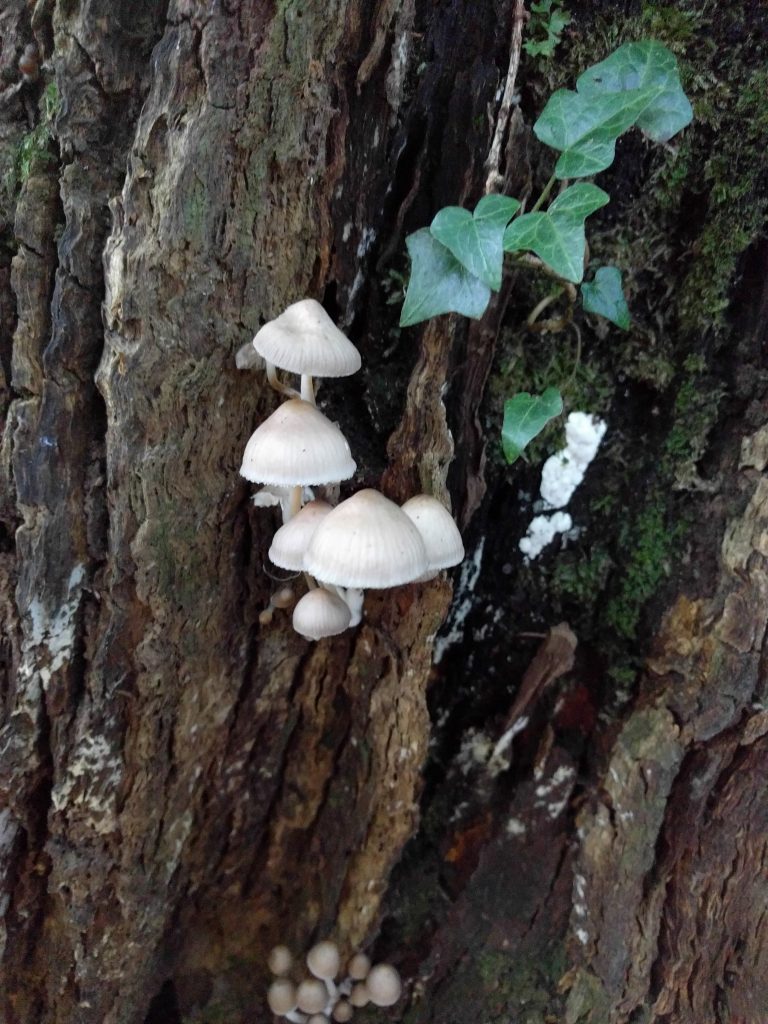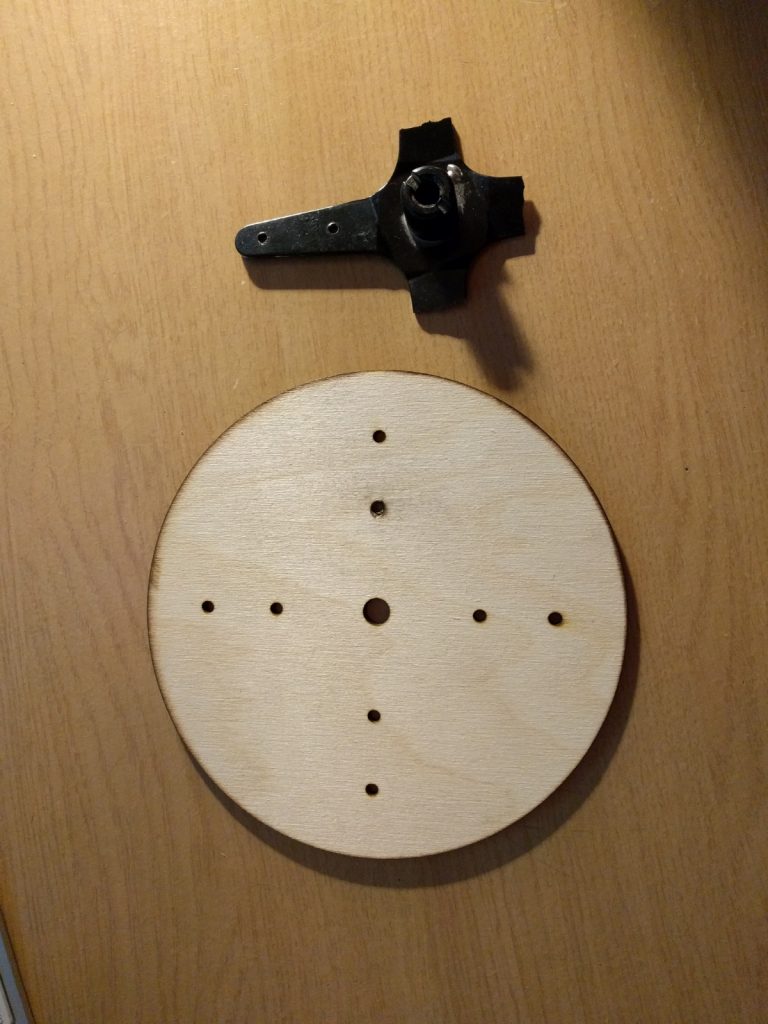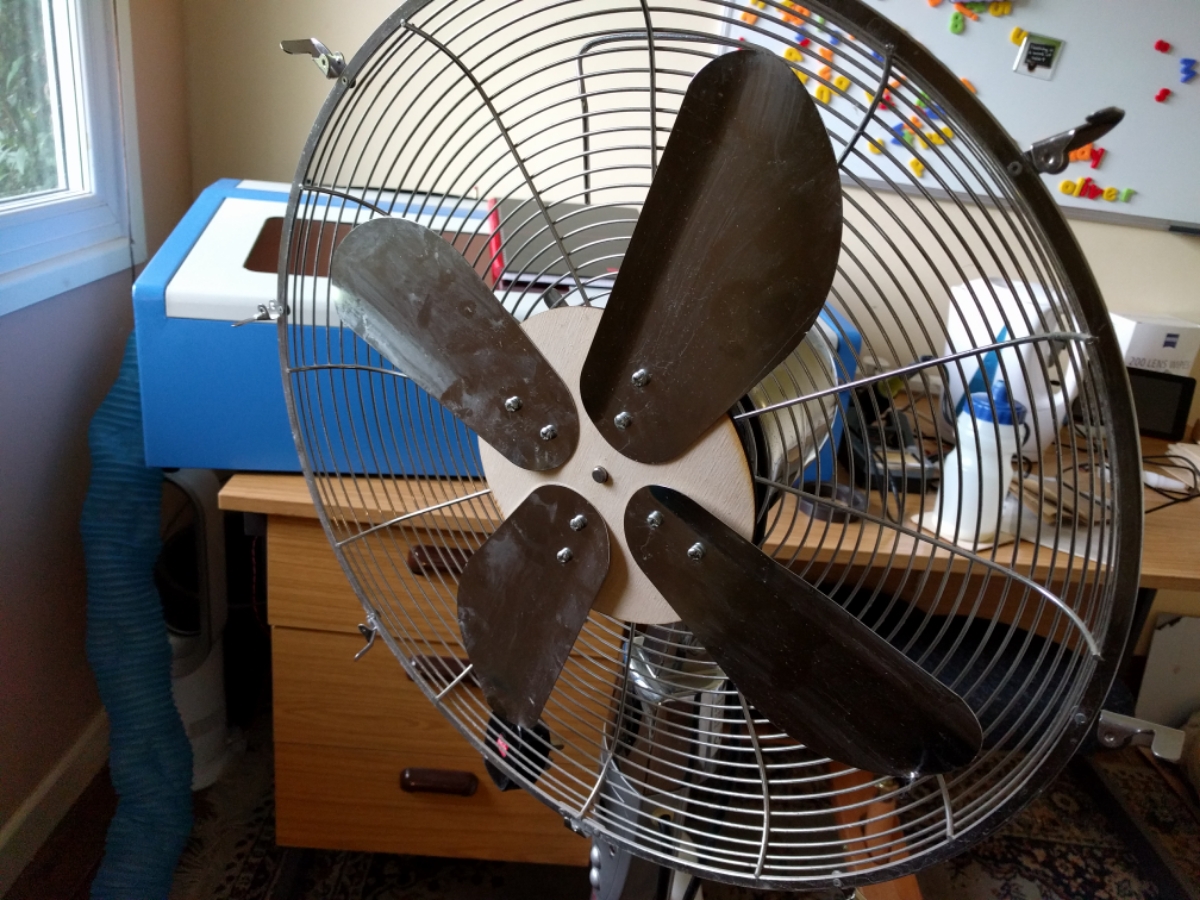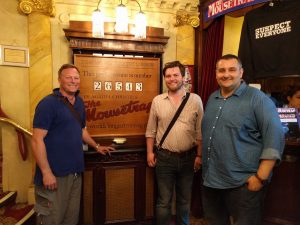Had an afternoon off after working on a Sunday morning to investigate some DST issues. It coincided nicely with half term so we had a family walk in Fairy Glen.



The place where I document the stupid stuff I do
During the hot hot hot Summer our fan broke. One of the blades ripped itself free and over time another two just sort of fell off. The metal ummm thing that was holding the blades on must have just got old and tired. This is a job for my laser cutter, thought I.

I attached the blades….

and then attached the whole thing to the fan.

It was only at this moment, after several months thought and planning, did I notice that the arm of the metal thing was kind of angled…to kind of angle the blade and make it move air and stuff. The way mine is set up those blades are just going to efficiently slice through the air and make barely a draught.
Can I be bothered having another go at fixing it or does it just get recycled???
For a long time I’ve been an avid Facebook user. Posting several times a day. Slavishly checking for new updates every second of personal downtime. I even realised there was a gap in the Android market and wrote a Facebook Android App before Facebook got around to it. I got a cease and desist letter from FB lawyers but that’s another story.
Well, today I de-activated my account. Lost interest. Really can’t be arsed with the banality of it anymore. If I have anything exciting to share with the world then I’ll post it here…and the world won’t actually see it 🙂

I deleted my twitter account a few months ago too. So I appear to be following in the footsteps of Eric Cartman and dropping off all social media…well, it is all a bit shit really isn’t it?
My darling wife, in one of her many ploys to kill me, got me a flyboarding experience for my birthday. It took me quite a few attempts to get to the rank of complete novice that you see above, but it was a fantastic experience and one that everybody should have a go at.
I managed to convince Dragan and Tom that they should join me for my monthly trip to the theatre for July. We saw the 26543rd performance of The Mousetrap.
It was awesomely awesome and I now understand why it’s the longest running play in London

We had loads of sticks on the garden after some tree surgeons came by to chop our trees back, so we went from this…

to this…

to this…

Next step, chopsticks or Fur Elise or something
In 1981 Konami released Scramble. A little like Image Fight a lot of my money went into this machine. Never got to finish it back then. Roll forward 35 years and after building my own cabinet, installing MAME, finishing the Metal Slug series and then Image Fight I set my sights on Scramble.
As you can see from the video I finally managed it. It was my last life, I was running out of fuel but boom. Got it.
Next up…..probably Ghosts ‘n Goblins
A little while after building my arcade cabinet I got to hear about “Metal Slug”. This game is just all kinds of awesome.
Two-player co-op…check
Machine guns…check
Rocket launchers…check
Getting into tanks and blowing stuff up…..cccchhhheeecccckkkkk
But it didn’t work with my advmame due to the ridiculous situation that MAME is in with different versions of emulators and ROMs and all sorts of crap.
I’d pretty much given up on getting it to work when I thought I’d try one last time with RetroPie. After a bit of tinkering and working out which of the several supported emulators to try it in I got it working. I had to use the FBA emulator but it works perfectly. I’m now a happy happy man – especially since I have ROMs for Metal Slug2, Metal Slug3…..
I bought a 7 inch display that the Raspberry Pi connects to. I wasn’t entirely sure why I bought it but I thought it would come in useful at some point. Oliver had the bright idea that we could make it into a mini-arcade game for his room. Turns out he was right.
The speaker was a gift from a long time ago that has just been gathering dust and the USB joystick was a cheap purchase from Amazon to test using joysticks on the Raspberry Pi before building my cabinet.
Oli got a new bike for his 6th birthday. A Specialized MTB, red. Loves it. Since we were planning a trip to the caravan Oli decided it would be great to take our bikes along and go for a cycle along the coast. The only minor fly in this ointment is that there’s no way Oli’s bike, Amelia’s bike and my bike will fit in my car. So we bought a roof rack thing and three cycle carriers from roofbox.co.uk
On my drive back from London my car started losing power. I just about managed to limp home, got up before dawn the next day to start assembling my roof rack and cycle carrier, mounted my bike on the roof, took the kids to breakfast club and then dropped my car at the garage and cycled home again. The garage couldn’t find anything wrong. They cleared the engine warning light, took it for a test drive, seemed fine to them, suggested it may have been dirty fuel causing a blockage and that maybe it had worked it’s way through the system. Horseshit. Their suggestion was to drive it for the weekend and see if any warning lights come on or anything.
Against my better judgement I did what they asked. Up early on Saturday morning and got all the bikes on the roof whilst Emma packed their suitcase.
Emma set off to London for Catherine’s 40th. The kids and I set off to Wales. We got to the end of the lane and the car completely died. Dirty fuel my arse.
Wales trip cancelled. Local garage received a bit of a telling off. Roofrack and cycle carrier yet to be used in anger.
We had to have our cats “done”. Thor had his bits whipped off and was back to normal 24hrs later. Willow, on the other hand had a much more serious operation and has been moping around the house feeling sorry for herself for a week now. Also, she does look a bit daft in her jumper but come xmas we may put it back on her with tinsel and baubles and stuff.